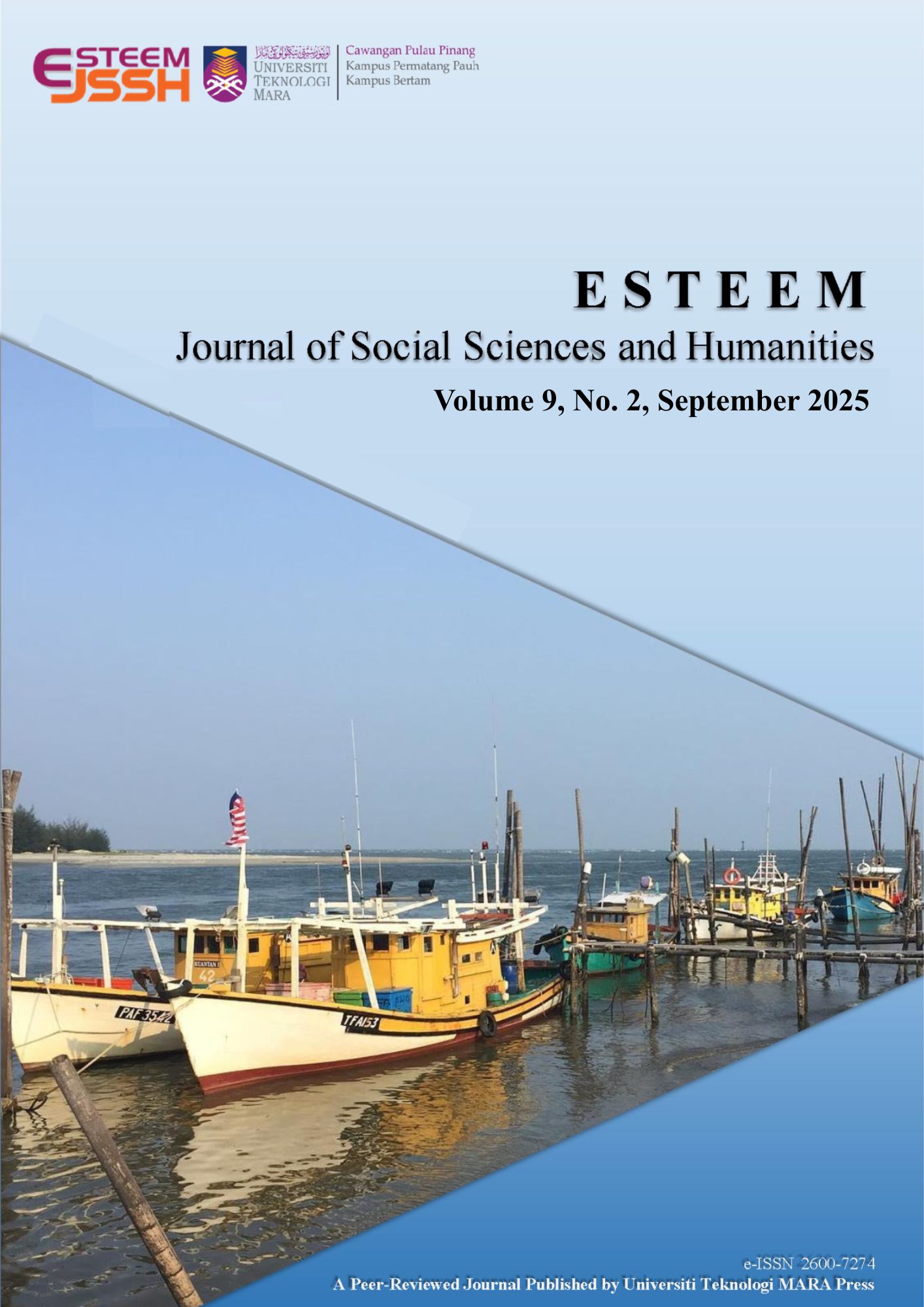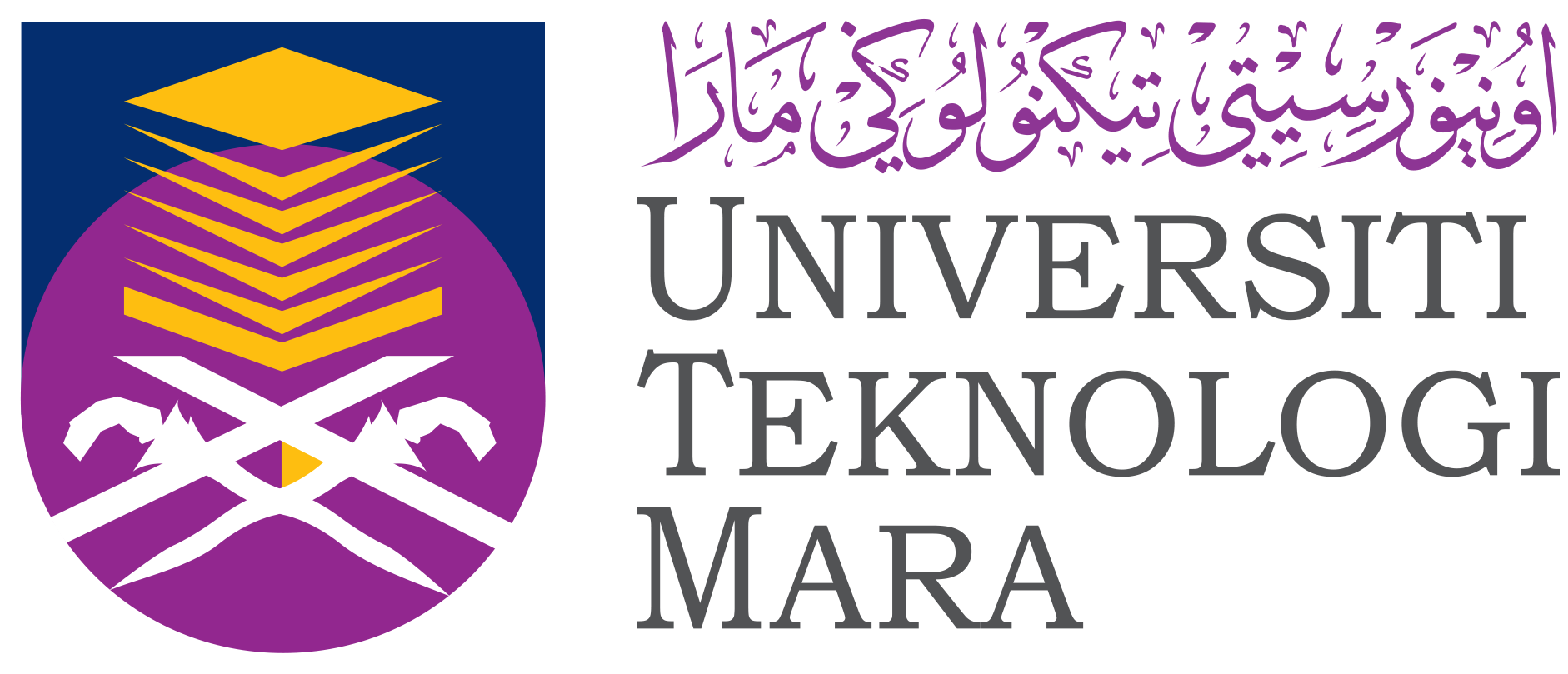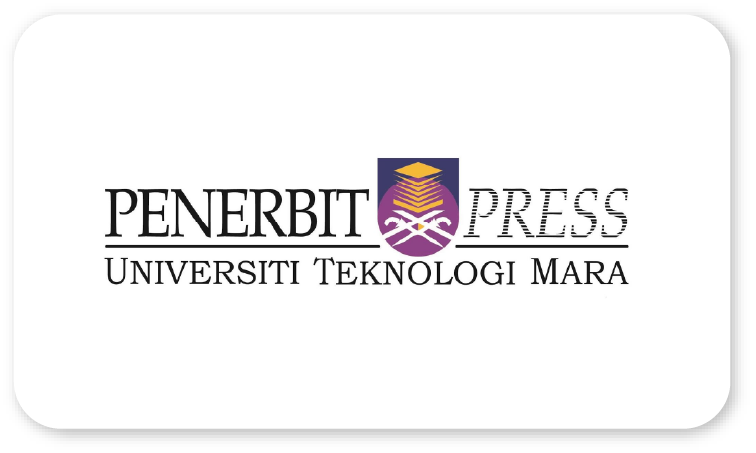
The Relationship Between Social Perception, Peer and Parental Influence on Students Enrolment into Agriculture Programs in Polytechnic
Suhaizal Hashim
Faculty of Technical and Vocational Education, Universiti Tun Hussein Onn Malaysia, 86400 Batu Pahat, Malaysia
Nurhani Khamis
Faculty of Technical and Vocational Education, Universiti Tun Hussein Onn Malaysia, 86400 Batu Pahat, Malaysia
Nelina Anak Edmond
Faculty of Technical and Vocational Education, Universiti Tun Hussein Onn Malaysia, 86400 Batu Pahat, Malaysia
Danakorn Nincarean
Faculty of Computing, Universiti Malaysia Al-Sultan Abdullah, 26600 Pekan, Pahang, Malaysia
Abstract
This study examines the decreasing enrolment in agricultural education programs at Polytechnic Sandakan, Sabah, Malaysia, and analyses the principal factors affecting students' choices to engage in these programs. The study underscores the significance of agriculture in ensuring national food security and economic stability, while acknowledging the threats posed by diminishing interest among youth, which is linked to social factors. The study employed a quantitative methodology to survey 306 students enrolled in agriculture programs. Research indicates that students perceive agriculture favourably, acknowledging its capacity for reliable work. The average score for social perception was 3.92 (M=3.92, SD=0.99). Parental influence was identified as the most significant element (M=3.59, SD=0.99), with direct encouragement and emotional support being pivotal components. Peer influence was significant (M=3.41, SD=1.09), since students frequently depend on their social networks for affirmation in academic decisions. The Pearson correlation coefficient analysis revealed strong positive correlations among the three independent variables: social perceptions, peer influence, and parental influence. The correlation between social perception and parental influence was 0.68 (p<0.001), between social perception and peer influence was 0.50 (p<0.001), and between parental influence and peer influence was 0.70 (p<0.001). This signifies that these things are interrelated and mutually reinforcing. The study emphasises the necessity for focused initiatives, including awareness campaigns and curriculum revisions, to transform the perception of agriculture into a contemporary and esteemed professional option. Legislative reforms advocating for family and community participation, experiential learning, and peer mentorship are suggested to enhance youth engagement in agriculture education.
Keywords: Attitudes, Behaviours, Consumers, NPBD campaign, Plastic bags, Selangor
DOI:
References:
Akpan, S. B. (2010). Encouraging youth’s involvement in agricultural production and processing. International Journal of Agricultural Economics and Rural Development, 3(1), 1–9.
Alston, A. J., Roberts, R., & English, C. W. (2020). Toward a Holistic Agricultural Student Recruitment Model: A National Analysis of the Factors Affecting Students’ Decision to Pursue an Agricultural Related Degree. Journal of Research in Technical Careers, 4(1), 1–23. https://eric.ed.gov/?id=EJ1254002
Bengochea Paz, D., Henderson, K., & Loreau, M. (2020). Agricultural land use and the sustainability of social-ecological systems. Ecological Modelling, 437, 109312. https://doi.org/10.1016/j.ecolmodel.2020.109312
Bettis, E. A., Kropp, J. D., Smith, J. L., Ardoin, N. J., & Strange, E. (2017). Factors influencing the career choices of college of agriculture and life sciences graduates. NACTA Journal, 61(4), 313.
Check, J., & Schutt, R. K. (2012). Survey research. In Research methods in education. SAGE Publications, Inc.
Chipfupa, U., & Tagwi, A. (2021). Youth’s participation in agriculture: A fallacy or achievable possibility? Evidence from rural South Africa. South African Journal of Economic and Management Sciences, 24(1). https://doi.org/10.4102/sajems.v24i1.4004
Chinsinga, B., & Chasukwa, M. (2012). Youth, Agriculture and Land Grabs in Malawi. IDS Bulletin, 43(6), 67–77. https://doi.org/10.1111/j.1759-5436.2012.00380.x
Chua, Y. P. (2021). Survey methods. In The SAGE handbook of qualitative data collection. SAGE Publications, Inc.
Cohen, R. J., Swerdlik, M. E., & Sturman, E. D. (2013). Psychological testing and assessment: An introduction to tests and measurement. McGraw-Hill.
Department of Statistics Malaysia. (2022). Labour Force Survey Report Malaysia 2022.
Dykema, J., Stevenson, A., Day, M., & Hutton, M. (2012). The use of Likert-scales in the evaluation of the teaching and learning of undergraduate anaesthesia: A literature review. Medical Teacher, 34(12), 1021–1025.
Esters, L. T., & Bowen, B. E. (2004). Factors influencing student recruitment and retention in secondary agricultural education programs. Journal of Agricultural Education, 45(4), 68–79.
FAO. (2021). The role of youth in sustainable food systems. Food and Agriculture Organization of the United Nations.
Girdziute, L., Mazeikiene, A., & Urbanavicius, T. (2022). Youth's perception and participation in agriculture: A Lithuanian case. Sustainability, 14(2), 715.
Hair, J. F., Black, W. C., Babin, B. J., & Anderson, R. E. (2010). Multivariate data analysis (7th ed.). Pearson Prentice Hall.
Harris, D., & Fuller, D. (2014, January). (PDF) Agriculture: Definition and Overview. ResearchGate. https://www.researchgate.net/publication/301345493_Agriculture_Definition_and_Overview
Henning, J. I. F., Matthews, N., August, M., & Madende, P. (2022). Youths’ Perceptions and Aspiration towards Participating in the Agricultural Sector: A South African Case Study. Social Sciences, 11(5), 215. https://doi.org/10.3390/socsci11050215
Ibañez, R., Frederick, J., & Ogaya, M. (2023). Factors Affecting the Choice of Bachelor of Science in Agriculture as a Course in DEBESMSCAT. Journal of Nonformal Education, 9(2), 190–196. https://doi.org/10.15294/jne.v9i2.46571
Khan, N., Ray, R. L., Sargani, G. R., Ihtisham, M., Khayyam, M., & Ismail, S. (2021). Current progress and future prospects of agriculture technology: gateway to sustainable agriculture. Sustainability, 13(9), 4883. https://doi.org/10.3390/su13094883
Krejcie, R. V., & Morgan, D. W. (1970). Determining sample size for research activities. Educational and Psychological Measurement, 30(3), 607–610. https://doi.org/10.1177/001316447003000308
Lent, R. W., Brown, S. D., & Hackett, G. (1994). Toward a unifying Social Cognitive Career Theory. Journal of Vocational Behavior, 45(1), 79–122.
Mohajan, H. K. (2020). Qualitative research methodology in social sciences and related subjects. Journal of Economic Development, Environment and People, 9(1), 23–48.
Neuman, W. L. (2013). Social research methods: Qualitative and quantitative approaches. Pearson Education.
J. Pallant. (2010). SPSS Survival Manual A Step-by-Step Guide to Data Analysis using SPSS for Windows ,4rd Edition, Crows West , New South Wales.
Putra, R. H., Nugroho, A. P., & Arifin, B. (2020). Students' perception of agricultural careers: Insights from Indonesia. International Journal of Agricultural Extension, 8(4), 37–45.
Rashid, A. M., Ishan, I. Z., & Mohamed, N. F. (2020). Exploring persistence factors of students in agricultural science. Journal of Educational and Social Research, 20(4), 38–46. https://doi.org/10.36941/jesr-2020-0062
Rou, Z., Rahman, M. M., & Surat, S. (2022). Parental support and student decision-making in vocational education. Journal of Technical Education and Training, 14(3), 72–85.
Schatz, H. (2012). Likert scale analysis for student feedback in higher education. Journal of Applied Research in Higher Education, 4(2), 128–137.
Solomonson, J., Wells, T., Rank, B., & Blessing Ugwuanyi. (2023). Factors Influencing Students’ Decisions to Pursue Agricultural Degrees at Non-Land-Grant Colleges of Agriculture. NACTA Journal, 67(1). https://doi.org/10.56103/nactaj.v67i1.147
Sutphin, H. D., Dixon, B. L., & Moore, G. E. (2019). Student perceptions of agricultural careers: Impacts of image and information. Journal of Career and Technical Education, 34(1), 10–27.
Tabuena, A. S., & Cudiamat, M. (2021). Educational research designs and instrumentation. International Journal of Education & Literacy Studies, 9(2), 87–95.
United Nations. (2019). World population prospects 2019: Highlights. Department of Economic and Social Affairs, Population Division.
World Bank. (2024). Employment in agriculture (% of total employment) – Malaysia. https://data.worldbank.org
Zaremohzzabieh, Z., Krauss, S. E., D’Silva, J. L., Tiraieyari, N., Ismail, I. A., & Dahalan, D. (2022). Towards agriculture as career: predicting students’ participation in the agricultural sector using an extended model of the theory of planned behavior. Journal of Agricultural Education and Extension, 28(1), 67– 92. https://doi.org/10.1080/1389224X.2021.1910523
Zhang, Q., Akhtar, R., Saif, A. N. M., Akhter, H., Hossan, D., Alam, S. M. A., & Bari, Md. F. (2023). The symmetric and asymmetric effects of climate change on rice productivity in Malaysia. Heliyon, 9(5), e16118. https://doi.org/10.1016/j.heliyon.2023.e16118
Zikmund, W. G., Babin, B. J., Carr, J. C., & Griffin, M. (2013). Business research methods (9th ed.). Cengage Learning.



